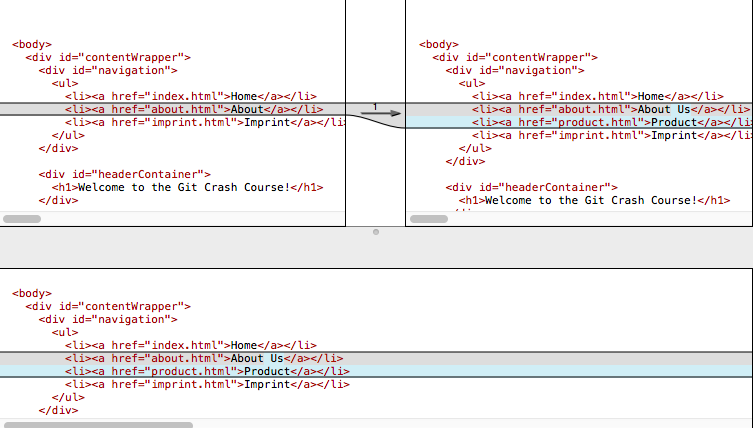

You can enter the PID of your choice and provide 15 as the signal value. It’ll prompt you for the process ID and ask for the signal to kill. Kill a process while running the top command. USER PID %CPU %MEM VSZ RSS TTY STAT START TIME COMMAND Print the top 10 processes consuming a lot of memory. Additional Linux commands to isolate memory issues.ġ. The top header in its output shows the CPU usage, RAM and swap statistics. And it provides several other options and details along with displaying the memory usage. For example, press “a” letter to sort process with PID (Process ID). Press (Shift+O) to select a column via field letter. Most of the time, you can verify the process consuming resources by looking at the or the columns in the top output. Then, you should use top command to determine the process responsible. If you are in a situation, where the memory usage is between 90-100%. But you need not be a root user to run this command. It reverts with the memory usage in the same way as the command does. You need root or access to run this command. The “-m” option returns the usage data in MB format.Īnother way to quickly check the memory consumption is by printing the command. It’s the most frequently used command to track memory usage on Linux.

Terminal Commands To Check System Memory. 50+ Terminal Commands – Linux/OS X Users.ġ. Miscellaneous Commands for Quick Reference. Commands To Configure Terminal & Screen.Ħ. Commands To Check on Running Processes.ĥ. Here is the table of content for quickly browsing through the terminal commands.ģ. ☛ Recommended – 30 Linux Questions With Answers – Online Test.


 0 kommentar(er)
0 kommentar(er)
